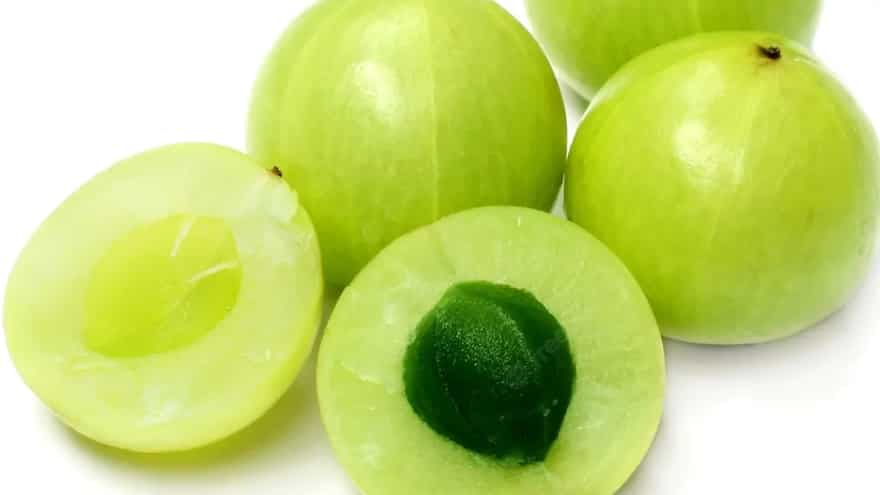According to legend, Lakshmi, Lord Vishnu's spouse, is intertwined with Diwali. She represents prosperity and wealth. She wedded Vishnu on the day of Diwali. According to legend, Goddess Lakshmi was born on Diwali while the cosmic ocean was being churned (Samudra Manthan).
On the eve of Diwali, legends go that she visits each home to bestow wealth and abundance upon her followers. During puja ceremonies, the front door is left open as a symbol of welcoming the Goddess into our homes. Lakshmi enjoys certain dishes, just like all other Hindu deities. To receive the Goddess Lakshmi's blessing, one must serve these foods as Bhog or Naiyvadyam.
Rice Kheer
 Rice kheer, Image Source: Freepik
Rice kheer, Image Source: Freepik
Goddess Lakshmi is also known as Annapurna, the deity of food or grains. Thus, rice kheer is her all-time favourite. During various occasions, when revering the Goddess, devotees prepare rice pudding with milk, known as payasam or kheer. Either sugar or jaggery is added for sweetness. One may also make a creamy rice phirni on this day.
Yellow Hued Food
 Angoori rasmalai, Image Source: Freepik
Angoori rasmalai, Image Source: Freepik
Yellow is her choicest colour. Often the Naivedya consists of foods and fruits in this hue. Bananas are always there on the list of bhog. Mung dal khichdi is also prepared by a few, symbolic of the colour. Many prepare chana dal or Bengal gram-based sweet dishes using jaggery and green cardamom powder. In the southern region of India, pulihora or lemon rice, a yellow-coloured tangy dish, is offered to her.
Amla
 Fresh amla, Image Source: Freepik
Fresh amla, Image Source: Freepik
It might be news to many that the Devi is fond of amla or Indian gooseberries. The legend says Amla came into existence as droplets during Samudra Manthan. Some advocate that Goddess Lakshmi resides in the Amla tree. During the Hindu month of Mārgaśīrṣa, she is worshipped with the leaves of this plant.
Saffron
In the list of the world's costliest spices, saffron is one. No wonder the Goddess of Wealth is fond of it. Prepare any traditional Indian dessert with saffron or kesar, and she will be pleased. A few options are Basundi pulao using saffron, kesar peda, kesar laddoo, kesar rasagulla, sweet saffron rice with dry fruits, kesar malpua, and kesar rawa halwa. Jaggery or gur ka halwa is one of her favourite delicacies, and it is prepared with besan and saffron.
Sriphal Coconut laddoos, Image Source: Pinterest
Coconut laddoos, Image Source: Pinterest
In Sanskrit, coconut is referred to as Shriphal. Goddess Lakshmi is also called Sri or Shri, a sacred name evoking abundance, grace, and prosperity. Shri represents Lakshmi, and phal represents fruit. Coconut is readily available all year round. It doesn't demand a significant amount of effort. It is not only nourishing but also a representation of infinite abundance and prosperity. Khoya nariyal (coconut) laddoos are the mainstay in many homes during Dhanteras and Diwali Lakshmi puja.
As the legend says:
The Goddess of feuds, Alakshmi, is the sister of Lakshmi, the Goddess of wealth. They can both enter a home together. A typical tradition in Maharastra is to hang a lemon and seven chillies over the threshold. Alakshmi is being offered it so she can eat it and stay outside the house. To welcome Lakshmi inside, sweet bhog is provided.


